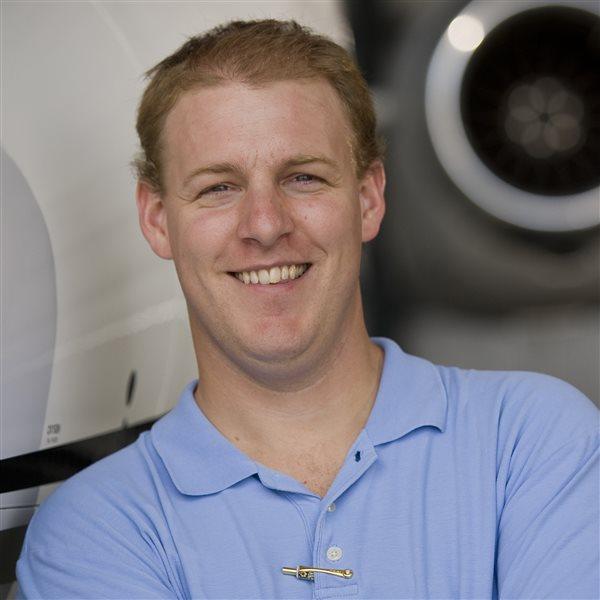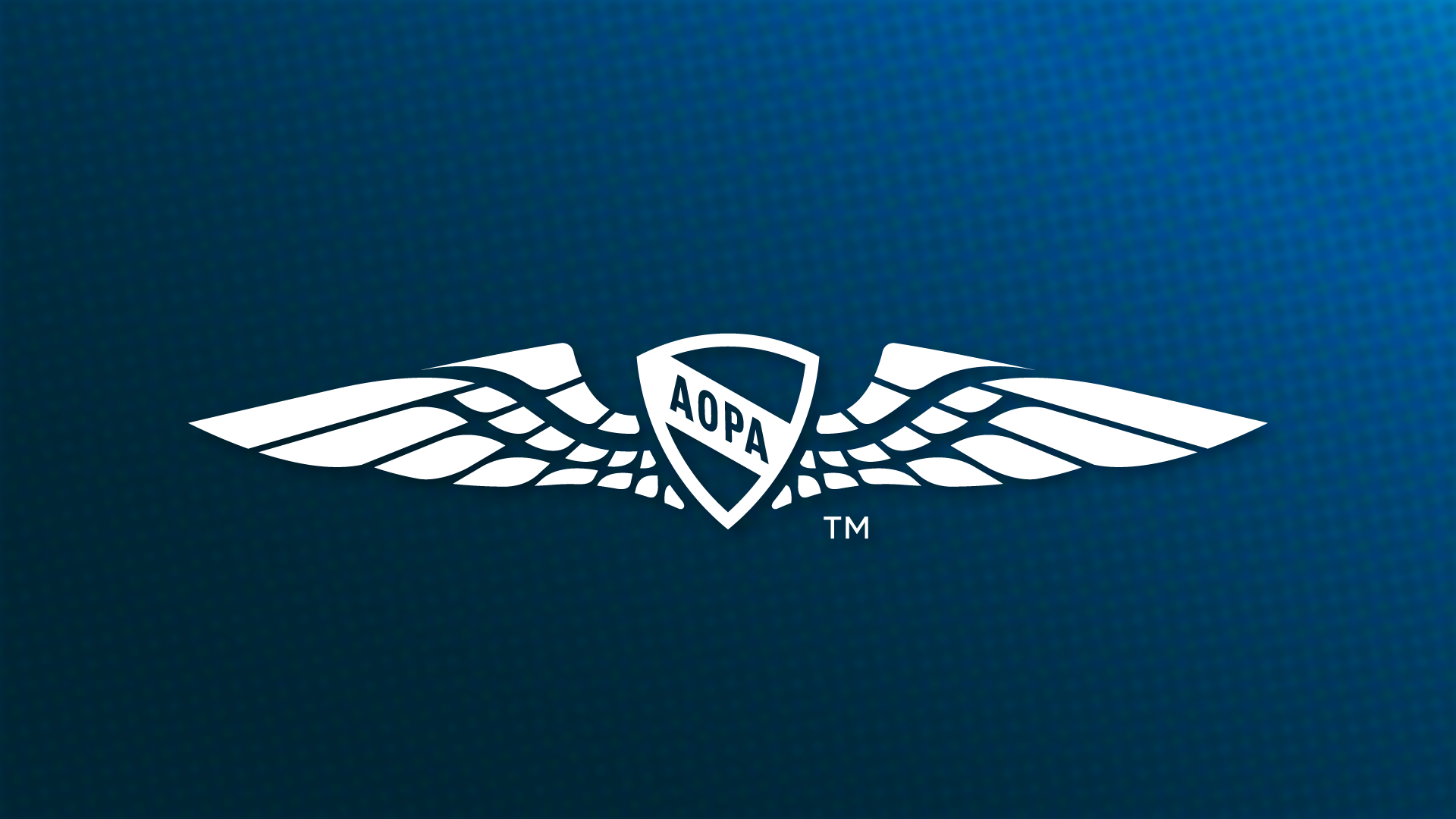What do you want to be when you grow up? If you’re like most, you still don’t know and will probably never decide. Instead, we’re just swept along floating from job to job, hoping a career that fits our needs and desires will come along and knock us down the right path toward fulfilling work with big paychecks.
Aviation is that directional aid for tens of thousands of young people and hopeful adults every year. To see kids on the path to an airline job or the military is to see a locomotive barreling its way to the station. Most know exactly what they want and how to get it. The only question that remains is when.
With airline hiring down and the economy still hovering at the bottom, the when of the equation keeps pushing farther and farther into the future. The consequence is that many young people who have chosen aviation as a profession and completed training are struggling to pay off huge loans while they bide their time as flight instructors, or waiters or baristas. They complain about the industry, sweat the bills, and wonder why they did this in the first place.
It’s a valid question. A reporter from The Wall Street Journal called me the other day and asked why, when faced with such sobering information, do students continue to enroll at aviation universities and training institutions? The answer is simple: They can’t help themselves. First and foremost, aviation is a passion. Even someone who learns to fly so he can use the airplane as a tool can’t help but expound on the incredible world of flight. And while there are some airline pilots who gripe about making hundreds of thousands of dollars a year to work part time, they will still tell you they can’t imagine doing anything else. Because even experiencing aviation as a job—and make no mistake that professional flying is work—instills passion among its participants.
Let’s face it, other than possibly being a pro athlete or a race car driver, what other profession do you know of where you can combine the childhood wonder of a pursuit that dreams are made of with the skills, challenges, and rigor of a professional occupation? It’s no surprise, then, that young people are ignoring the economic realities and waiting in line to drop $100,000 on the chance at sitting in the right seat of a jet.
It’s understandable to question the economic logic of such choices, especially as the parent of a young person looking at the airlines for a career. But let’s be clear that airline hiring will rebound. And when it does, students in school now will be in perfect shape to be hired.
In the meantime, many recent graduates and some schools are hurting. Flight training financing has been harder to come by, and parents see the news and decide airline flying isn’t for their son or daughter. The chance at paying doctor-like tuition with a cashier-like payout at the regional airlines is one reason. Unfortunately that’s not going to change. Regional airlines count on the passion and excitement of upcoming pilots, and as long as that stays steady, kids will fly for free and be paid about as much. The regionals now fly more than 50 percent of the domestic routes, and they have found a perfect market niche in the form of cheap pilot labor, which they will continue to exploit so long as major airlines require turbine time and the military trains more personnel to be pilots of unmanned aircraft than traditional. The good news is that wages increase quickly, and flying for the major airlines still brings a good standard of living.
For those who can’t shake the feeling of being up among the clouds, there are still many avenues to pursue the dream. Besides the obvious choice of the military, one can go to a mom-and-pop school and build the experience. Aviation colleges and universities offer the benefit of both training and a college degree, something the airlines require to be competitive. The final choice is academies such as Delta Connection Academy and ATP. Some colleges and universities, and many academies offer the added bonus of the promise of an airline interview. They call them bridge programs, and it’s a competitive advantage that pilots from the mom-and-pop schools don’t get. We examine the programs this month as part of our annual collegiate issue. Also this month you’ll find a directory of the country’s aviation colleges and universities.
When it comes down to it, how many of us can say we love our job? Time and again, we’re reminded that it’s not money or benefits that matter, it’s the work itself. With that in mind, we should all follow our passions; it’s enviable that young kids all over the country are sitting in class right now learning about aircraft systems, physiology, and aerodynamics while training to pilot tomorrow’s airliners and corporate jets.
E-mail Ian J. Twombly, deputy editor of AOPA Flight Training.



